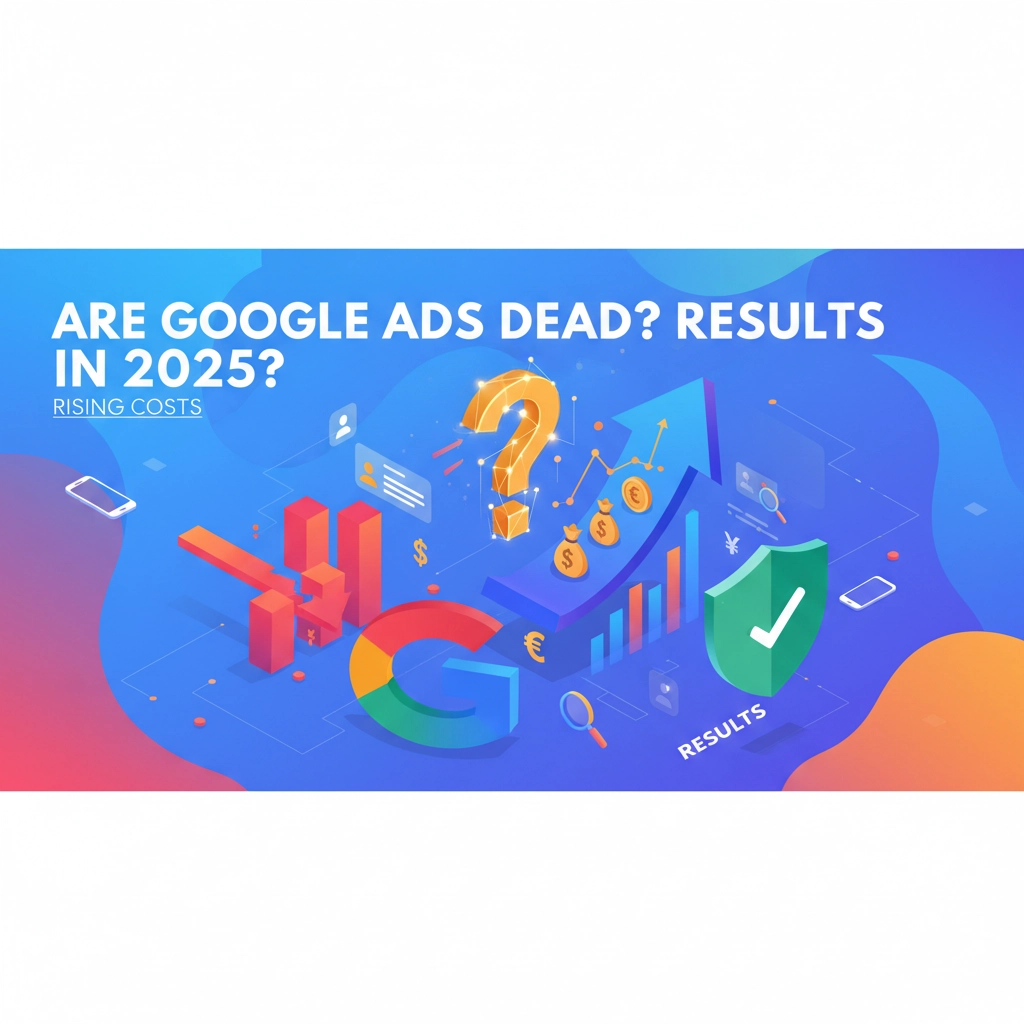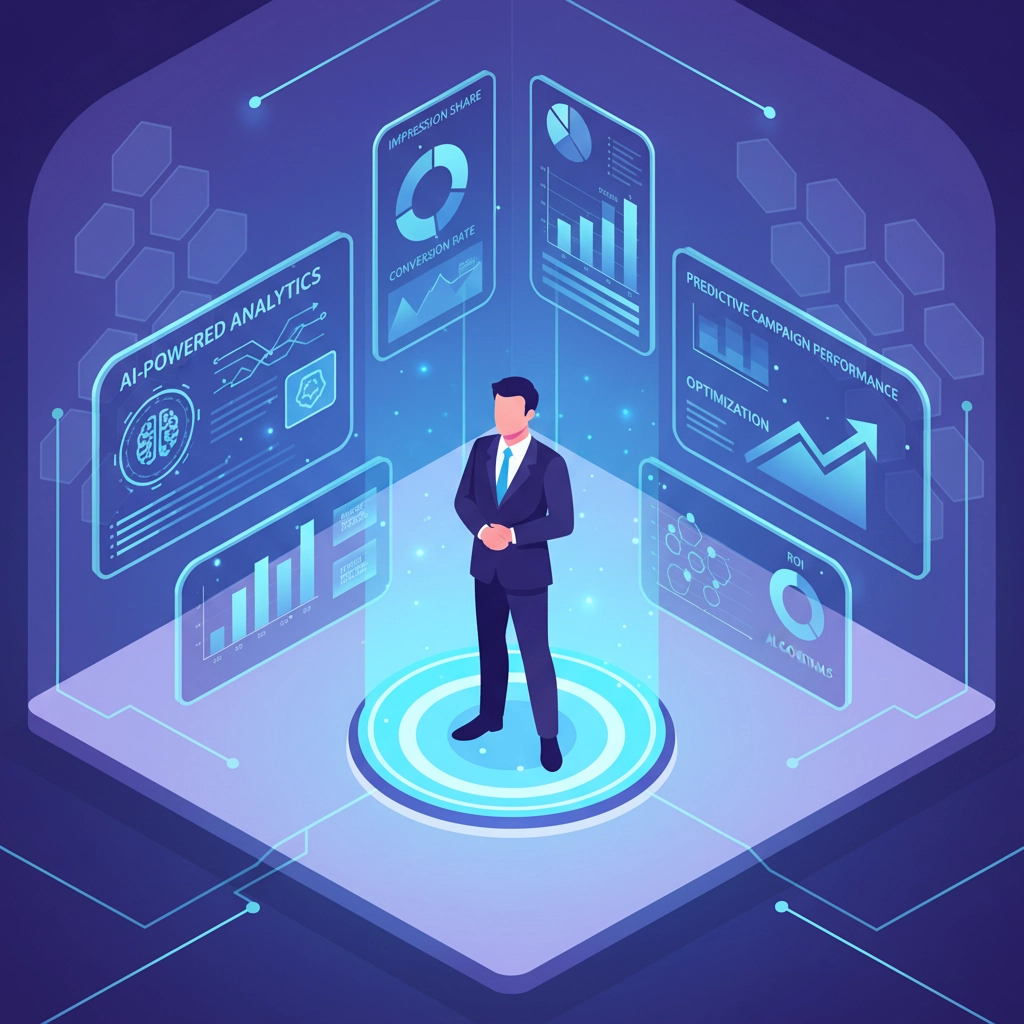
Google Ads is far from dead in 2025, and advertisers continue to see strong results: but the landscape has fundamentally changed. Success now requires adapting to AI-powered tools, automation, and new search behaviors rather than relying on outdated tactics. While costs have risen significantly, brands that embrace modern strategies are achieving impressive returns on investment.
The question isn’t whether Google Ads works anymore: it’s whether your approach has evolved with the platform’s capabilities. Those clinging to 2020 strategies are struggling, while forward-thinking marketers are discovering new levels of performance and profitability.
Leading Brands Continue Achieving Remarkable Results
Despite rising costs, major companies are generating substantial returns through strategic Google Ads campaigns. The key lies in leveraging current platform capabilities rather than fighting against market evolution.
Rare Beauty exemplifies this approach perfectly. By incorporating AI-powered ad solutions and integrating YouTube into their Search strategy, they achieved a 7X return on ad spend while effectively reaching their Gen Z target audience. This success demonstrates how multi-channel integration amplifies campaign performance beyond traditional search-only approaches.

‘Oréal’s results are even more compelling. Using AI Max in their Search campaigns, they achieved a 2X higher conversion rate at 31% lower cost-per-conversion by unlocking conversions from previously untapped search queries. This dramatic improvement showcases how AI-driven optimization can simultaneously reduce costs while improving performance.
These examples prove that Google Ads remains highly valuable when marketers adapt their strategies to current platform capabilities and consumer behaviors. The difference between success and failure often comes down to embracing automation and AI-powered features rather than manually managing campaigns with outdated methods.
Understanding the Reality of Rising Costs
Cost increases across Google Ads are undeniably real and significant. Average cost-per-click has risen by 12.9% year-on-year, with the platform-wide average hitting $1.27 in 2023. However, understanding these increases helps develop effective counter-strategies.
Primary Cost Drivers
Inflation’s Ripple Effect: While inflation doesn’t directly increase CPCs by equivalent percentages, it creates market dynamics that drive up advertising costs. Fewer customers with disposable income means more brands competing aggressively for the same conversions, resulting in intensified bidding wars.
Industry Competition Variations: Cost increases aren’t uniform across all sectors. Healthcare commands the highest average CPCs at $3.08, followed by Education at $2.91, due to fierce competition and high-value keywords. Conversely, eCommerce maintains lower rates at $0.38, with Apparel at $0.54.
Market Saturation: As more businesses recognize digital advertising’s importance, competition for premium ad placements has intensified across virtually every industry vertical.
Strategic Cost Management
Smart advertisers aren’t simply accepting higher costs: they’re implementing advanced strategies to maintain profitability while maximizing reach. This includes leveraging AI-powered bidding strategies, refining audience targeting, and optimizing for lifetime customer value rather than single-transaction metrics.

Revolutionary Features Driving 2025 Success
Google Ads has undergone significant technological evolution, introducing several innovations that are reshaping advertiser success rates and campaign effectiveness.
AI-Driven Optimization Revolution
Generative Experience Optimization (GEO) represents a fundamental shift in how ads integrate with search results. Instead of displaying static snippets, this technology integrates advertisements into conversational search results, making them feel more like helpful suggestions than traditional advertisements.
This AI-driven approach uses real-time data and predictive insights to serve personalized ads at optimal moments in the user journey. The result is dramatically improved user experience and higher conversion rates for advertisers who embrace these capabilities.
Automated Bidding Excellence
Modern automated bidding strategies leverage artificial intelligence to enhance performance and maximize ROI through continuous real-time data analysis and predictive targeting. These systems adapt dynamically to changing market conditions, user behaviors, and competitive landscapes.
The sophistication of these tools far exceeds human capability for processing vast amounts of bidding signals simultaneously. Advertisers using Smart Bidding strategies typically see 15-20% improvement in conversion rates compared to manual bidding approaches.
Multi-Channel Integration Imperative
Single-channel advertising approaches are becoming increasingly ineffective. Brands combining Search with YouTube and other Google properties consistently generate significantly higher search volume from both new and existing customers.
This integrated approach creates multiple touchpoints throughout the customer journey, reinforcing brand messaging and increasing conversion probability. The synergy between different Google platforms amplifies overall campaign performance beyond the sum of individual channel results.

Adapting Your Strategy for Current Market Conditions
Traditional search volume is predicted to drop by 25% by 2026 as consumers increasingly embrace AI-powered search solutions. This shift requires fundamental changes in how marketers approach Google Ads campaigns.
Embrace Automation and AI Features
Smart Campaign Management: Allow Google’s AI to optimize your campaigns based on real-time performance data rather than relying on manual adjustments and outdated best practices.
Automated Extensions: Implement automated ad extensions to maximize ad real estate and provide additional value propositions without manual management overhead.
Performance Max Campaigns: These AI-driven campaigns access all Google inventory to find the best conversion opportunities across Search, YouTube, Display, and more.
Focus on Intent-Based Targeting
Modern successful campaigns prioritize user intent over traditional demographic targeting. This approach requires:
- Audience Signal Optimization: Providing high-quality conversion data to help AI identify similar high-value prospects
- Keyword Intent Analysis: Focusing on search terms that indicate purchase readiness rather than general interest
- Behavioral Targeting: Leveraging user behavior patterns to identify optimal conversion moments
Implement Advanced Measurement Strategies
Lifetime Value Optimization: Structure campaigns around customer lifetime value rather than single-transaction metrics to justify higher acquisition costs.
Attribution Modeling: Use data-driven attribution to understand the complete customer journey and allocate budget accordingly.
Conversion Path Analysis: Identify which touchpoints contribute most effectively to conversions and optimize accordingly.

Maximizing ROI Despite Rising Costs
Success in the current Google Ads environment requires strategic sophistication beyond basic campaign setup and keyword targeting. The most successful advertisers are implementing comprehensive optimization approaches.
Quality Score Excellence
Maintaining high Quality Scores remains crucial for cost management. Focus on:
- Ad Relevance: Ensure your ad copy directly addresses search intent
- Landing Page Experience: Create fast-loading, mobile-optimized pages that deliver on ad promises
- Expected Click-Through Rate: Write compelling ad copy that generates high engagement
Negative Keyword Mastery
Implement comprehensive negative keyword strategies to eliminate wasteful spending on irrelevant searches. Regular analysis and optimization of search query reports can significantly improve campaign efficiency.
Budget Allocation Optimization
Distribute budget based on performance data rather than equal allocation across campaigns. High-performing campaigns should receive proportionally larger budget shares to maximize overall account performance.
The Path Forward: Strategic Implementation
Google Ads success in 2025 requires embracing technological advancement while maintaining strategic focus on fundamental marketing principles. The platform remains highly effective for businesses willing to adapt their approach to current capabilities and market conditions.
Start by auditing your current campaigns against modern best practices. Identify opportunities to implement AI-powered features, expand into multi-channel approaches, and optimize for intent-based targeting. The businesses achieving exceptional results aren’t necessarily spending more: they’re spending smarter.
Ready to transform your Google Ads performance and reduce your cost-per-conversion while increasing results? Digital Traffic Factory specializes in implementing cutting-edge Google Ads strategies that deliver measurable ROI improvements. Our team stays current with the latest platform innovations to ensure your campaigns leverage every available advantage.
Contact us today to discover how we can optimize your Google Ads campaigns for 2025 success while managing costs effectively. Don’t let rising costs limit your growth potential: let our expertise help you achieve better results than ever before.
